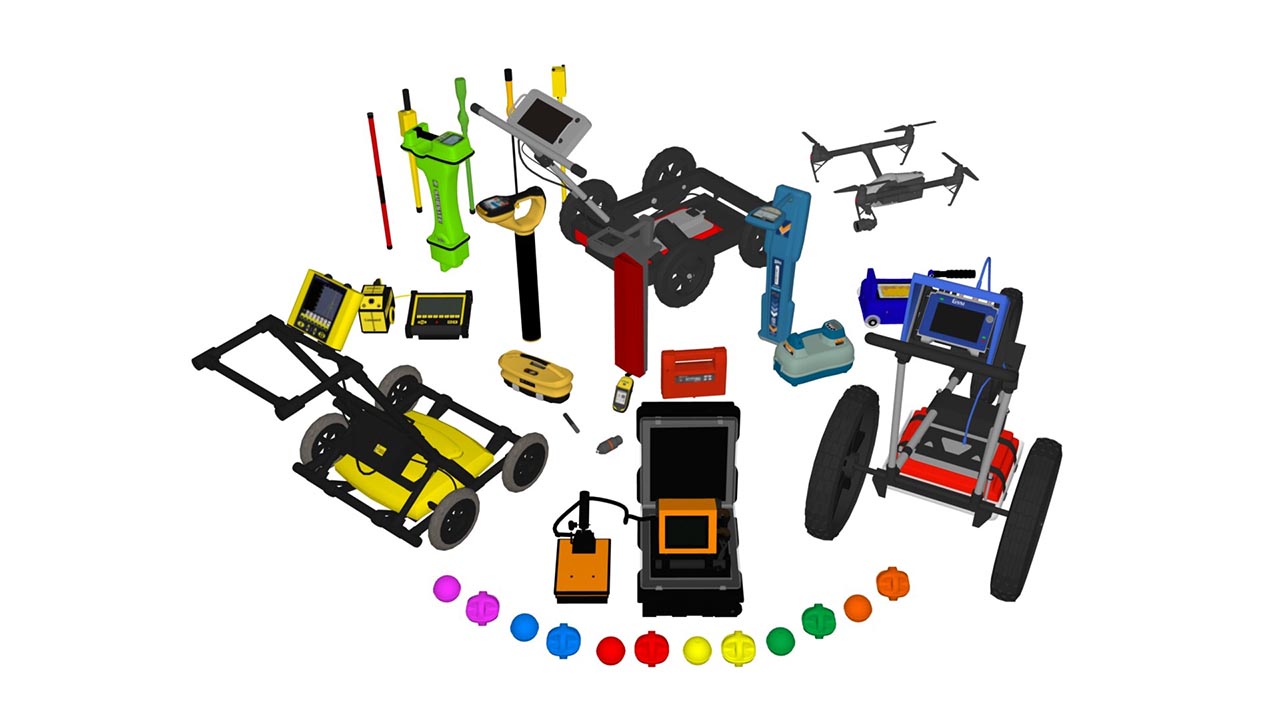
Damages to buried facilities resulting from insufficient locating practices can be costly.
Statistics gathered from accident files, news reports, and the CGA’s Damage Information Reporting Tool (DIRT) Analysis and Recommendations report continue to conclude that locating practices are insufficient.
Locating equipment manufacturers advertise that their products make locating easy and fast. However, the report “Encouraging Innovation in Locating and Characterizing Underground Utilities”, by the Federal Laboratory Consortium (FLC), concluded “At present, there is no prospect that a tool will be developed in the foreseeable future that can simply and quickly locate and characterize all buried utilities at a site. In truth, there is little likelihood that such a tool could ever be developed.”

We need to recognize that locating technologies are only as good as the human operating them. People are born with the greatest processing mechanism in the world — their brain. However, it’s unfortunate that we don’t make better use of its power. The best solution for resolving locating problems is quite simply “adequate education and training”.
Despite the extensive network of underground facilities across North America, very few formal education and training institutions specifically address system design, construction standards, plant recognition, advanced locating methods and problem-solving skills for locators.
Continuing down the path of minimal education, will undoubtedly result in more frequent and catastrophic line strikes.The CGA Best Practices states that locators are properly trained and that the training is documented. These practices define minimum guidelines and practices for locator training, including the following bullet points:
• Understanding facility records or prints – Details shown on records assist locators in determining if facilities shown on records matches those on site. These also should help the locator to determine where to begin the locate. Unfortunately, these typically do not include important information pertaining to obstacles that might affect the locate.
• Understanding construction standards and practices - although this is essential, standard layouts are the exception rather than the norm. Locators need to ask themselves:
- What type of facility needs to be located? Are these conductive or non-conductive?
- What construction method was used to install the facility? Was it plowed, trenched, pushed, pulled or bored?
- Is the facility in a joint or common trench?
- What type of ground disturbance is to be completed? New construction, horizontal directional drilling (HDD), vertical drilling, leveling, pile driving, anchoring, planting, blasting, stabilizing, auguring, etc.
- What safety procedures must be followed when locating around traffic, gaseous atmospheres, electric power cables, or any other hazardous environments?
